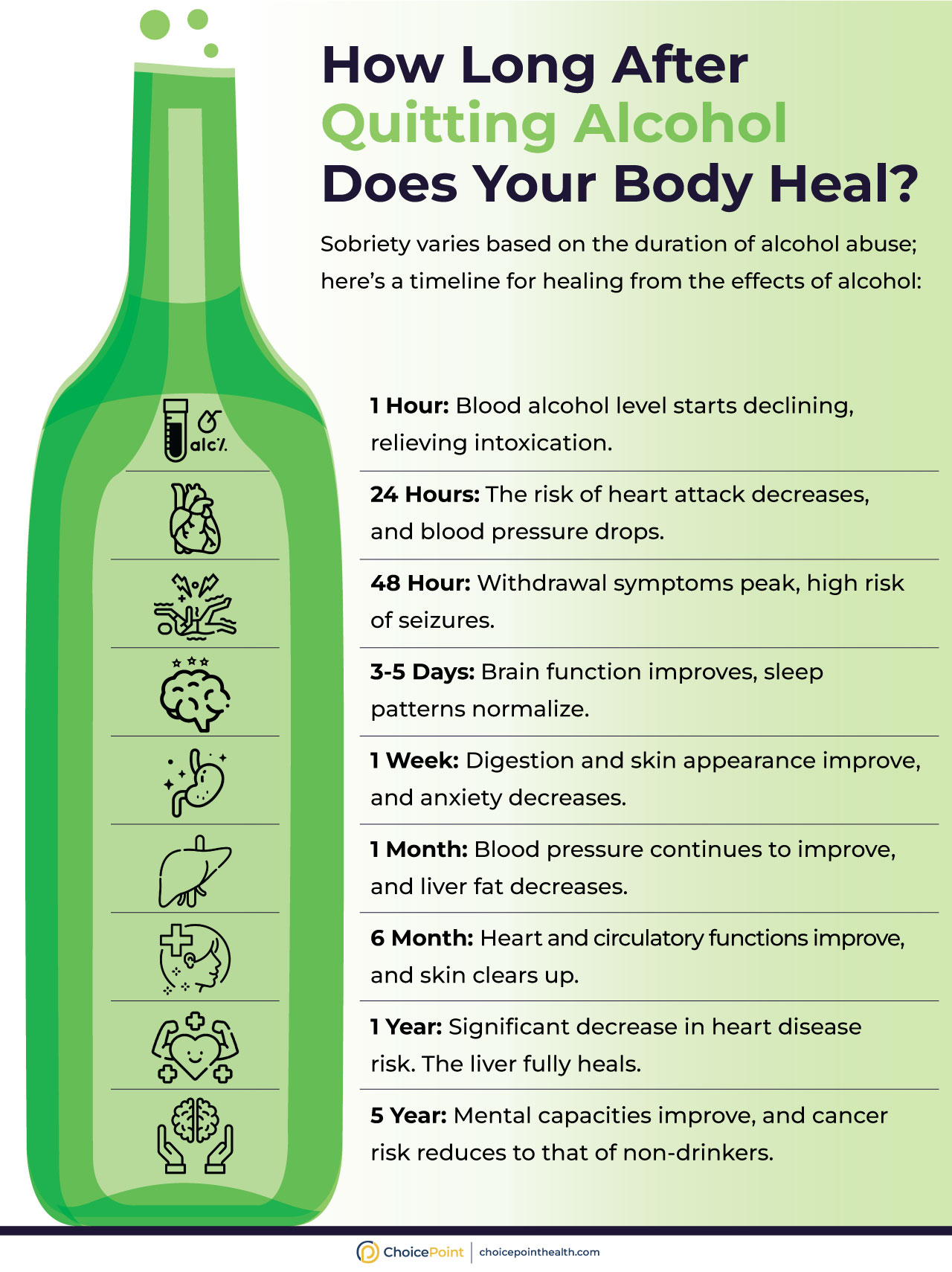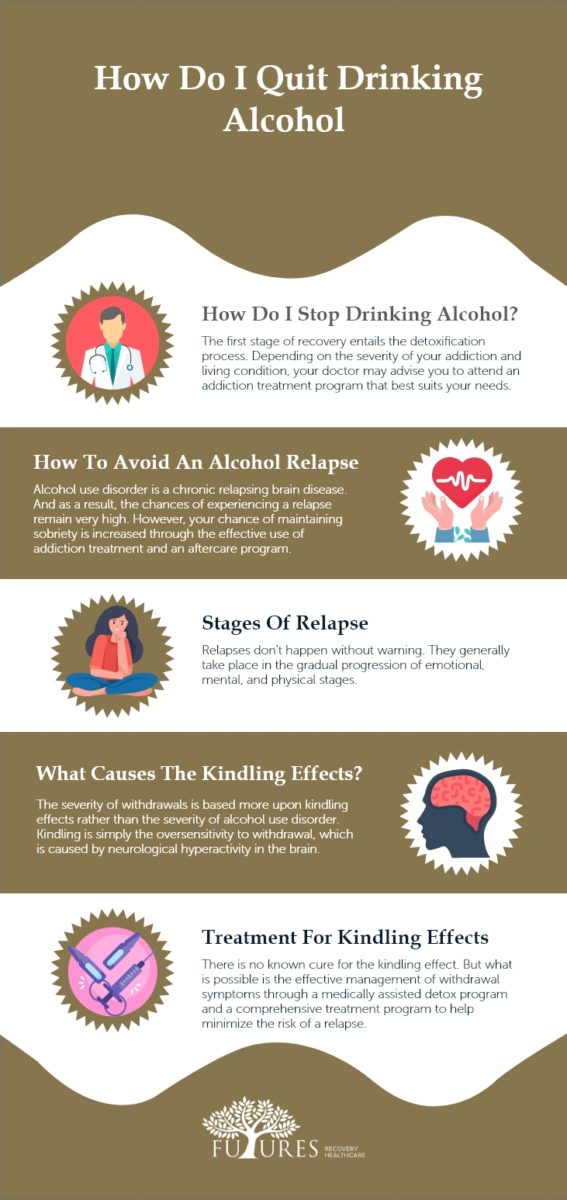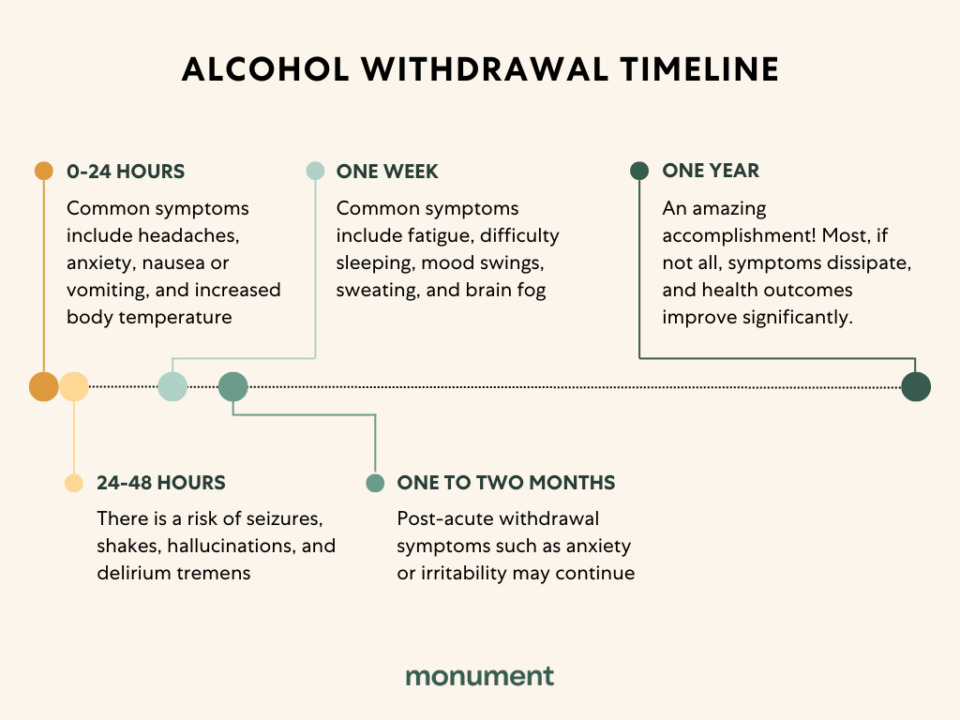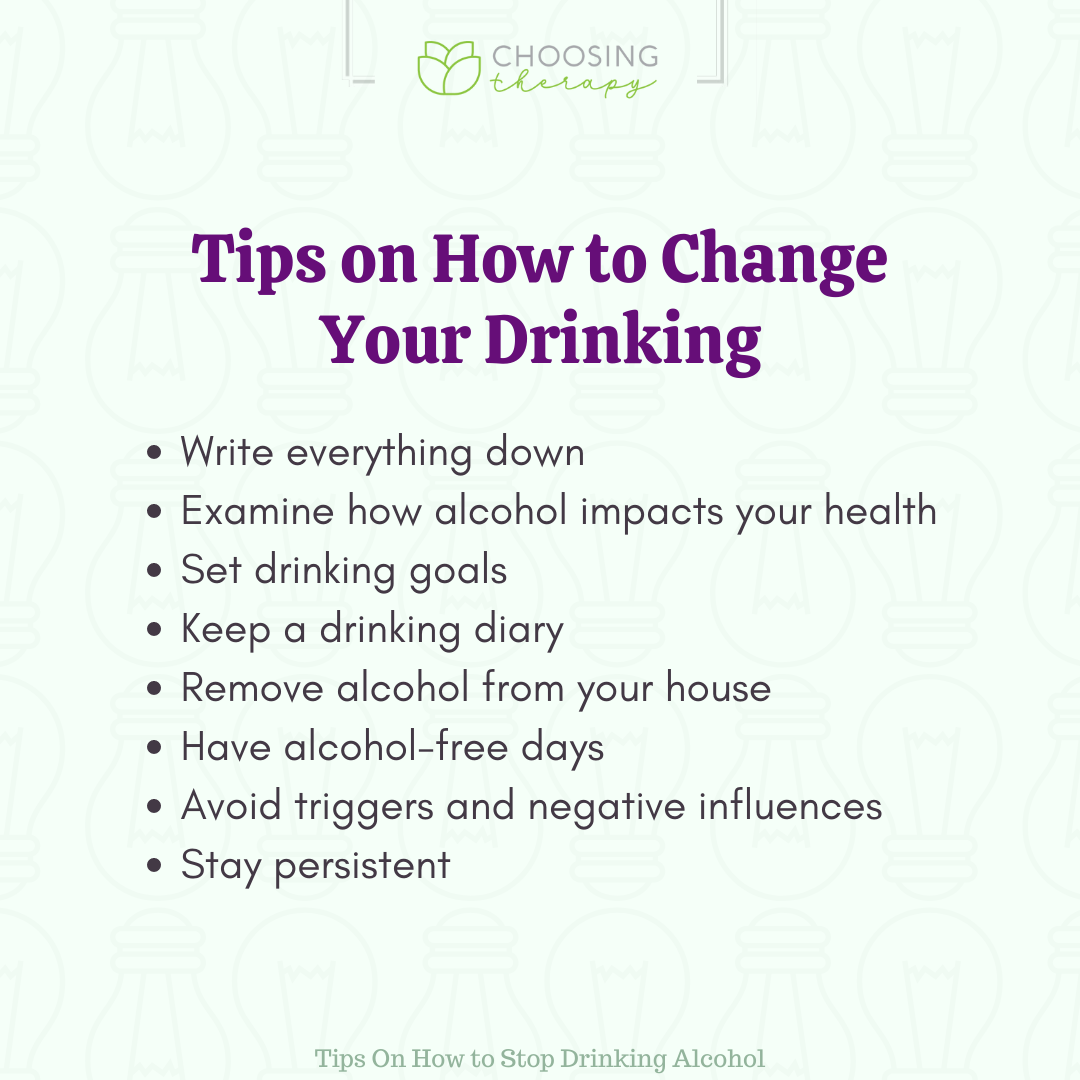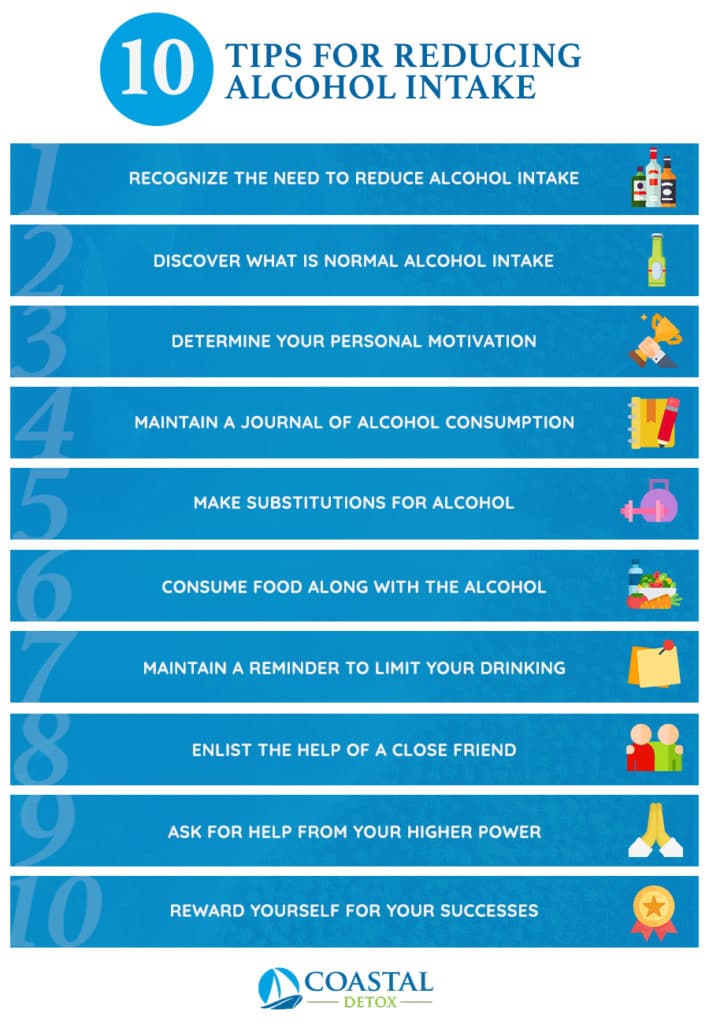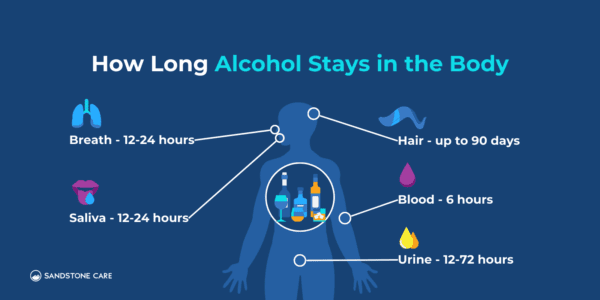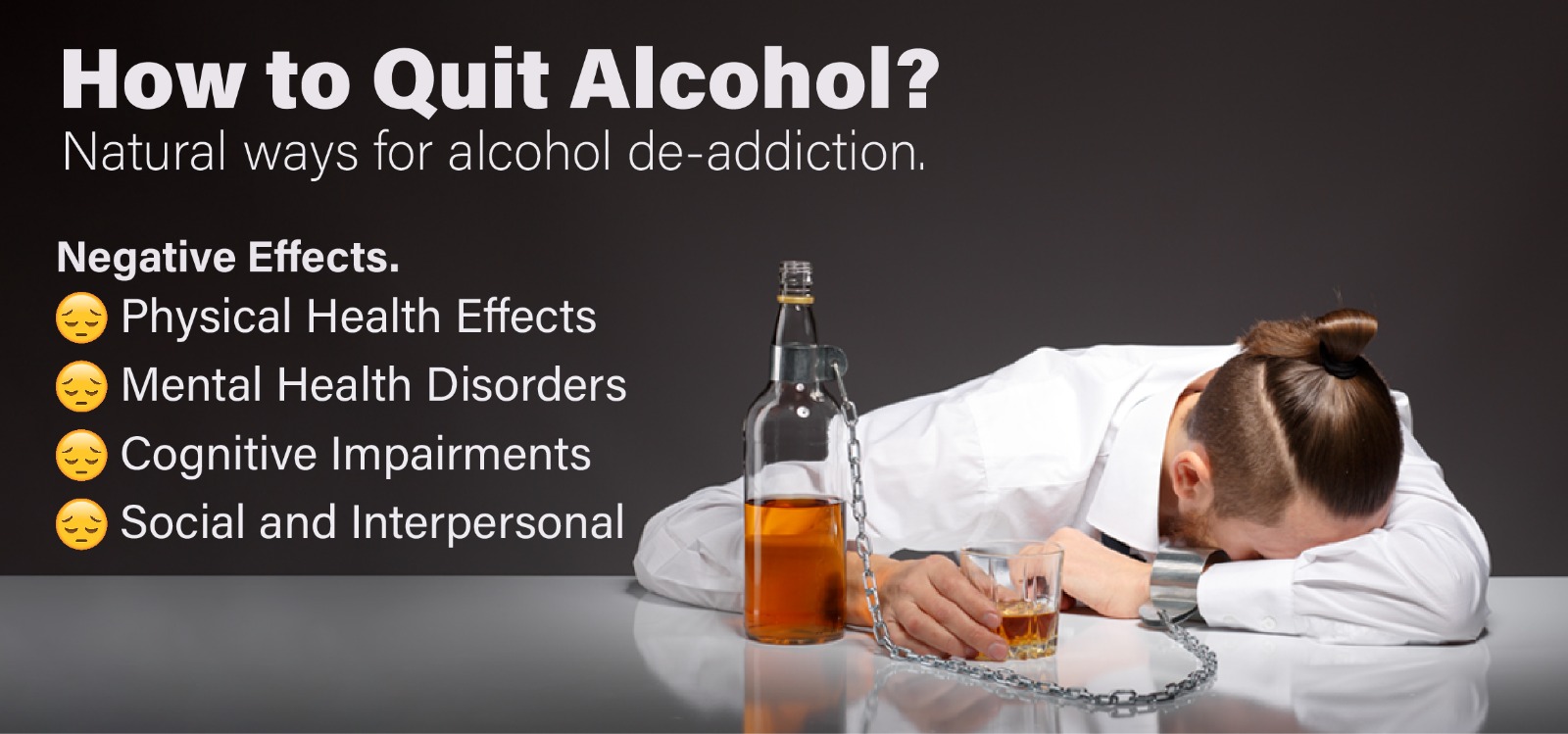How Long To Quit Drinking To Reset Tolerance

For many, the clinking of glasses and the convivial atmosphere of social drinking are integral parts of life. However, the creeping insidiousness of alcohol tolerance can lead individuals down a path where they require increasingly larger amounts to achieve the same desired effects.
The question of how long one needs to abstain from alcohol to effectively "reset" their tolerance is a complex one, fraught with individual variability and nuanced physiological processes.
This article delves into the science behind alcohol tolerance, exploring the factors that influence its development and the timeline for its reduction, drawing on expert opinions and scientific research to provide a comprehensive understanding of this critical issue.
Understanding Alcohol Tolerance: A Deep Dive
Alcohol tolerance isn't a simple, linear phenomenon. It manifests in several ways, each with its own underlying mechanisms.
Metabolic tolerance occurs when the liver becomes more efficient at metabolizing alcohol, reducing the amount that reaches the brain. Functional tolerance involves the brain becoming less sensitive to alcohol's effects, often through changes in neurotransmitter receptor activity.
Finally, learned tolerance refers to the body adapting to perform tasks more effectively under the influence, often seen in individuals who regularly consume alcohol.
Several factors influence how quickly and to what extent tolerance develops. These include genetics, body weight, sex, frequency of alcohol consumption, and overall health. Chronic alcohol use, regardless of the amount, is the primary driver of tolerance development.
The Role of the Liver
The liver plays a crucial role in metabolizing alcohol, primarily through the enzyme alcohol dehydrogenase (ADH). With chronic alcohol consumption, the liver's ability to produce ADH increases, leading to faster alcohol metabolism and a corresponding increase in tolerance.
However, this increased efficiency comes at a cost. Prolonged heavy drinking can lead to liver damage, including fatty liver disease, alcoholic hepatitis, and cirrhosis. This damage, ironically, can eventually impair the liver's ability to metabolize alcohol, potentially leading to higher blood alcohol concentrations and increased vulnerability to alcohol's toxic effects.
Neuroadaptation: The Brain's Response
The brain also undergoes significant adaptations in response to chronic alcohol exposure. Alcohol affects several neurotransmitter systems, including GABA (an inhibitory neurotransmitter) and glutamate (an excitatory neurotransmitter).
With repeated exposure, the brain attempts to maintain equilibrium by reducing GABA receptor sensitivity and increasing glutamate activity. This neuroadaptation results in a decreased response to alcohol's sedative and inhibitory effects, contributing to functional tolerance.
Over time, this can lead to dependence, where the brain requires alcohol to function normally, resulting in withdrawal symptoms upon cessation.
The Timeline for Resetting Tolerance: Evidence and Expert Opinions
Determining the exact timeframe for resetting alcohol tolerance is challenging due to the individual variability and the complex interplay of factors involved.
However, most experts agree that a period of complete abstinence is necessary for the body and brain to recover.
While anecdotal evidence often suggests that a week or two of abstinence can lead to a noticeable decrease in tolerance, scientific evidence suggests a longer period is generally required for a significant reset.
"There's no magic number," explains Dr. Sarah Allen, a specialist in addiction medicine. "The duration of abstinence needed to significantly reduce tolerance varies from person to person. But, generally speaking, a month of complete sobriety is a good starting point."
Studies have shown that even after several weeks of abstinence, some level of tolerance may persist, particularly in individuals with a long history of heavy alcohol use. A study published in the Journal of Studies on Alcohol and Drugs indicated that significant improvements in cognitive function and brain activity were observed after three months of abstinence in individuals with alcohol use disorder.
This suggests that the brain requires considerable time to recover from the effects of chronic alcohol exposure.
Factors Affecting Tolerance Reset
Several factors can influence the rate at which tolerance resets. Individuals with a long history of heavy drinking may require a longer period of abstinence compared to those who are light or moderate drinkers.
Age also plays a role, as older adults may metabolize alcohol more slowly and experience more pronounced effects from even small amounts. Furthermore, overall health and the presence of any underlying medical conditions, such as liver disease, can affect the recovery process.
The National Institute on Alcohol Abuse and Alcoholism (NIAAA) recommends consulting with a healthcare professional for personalized guidance on alcohol cessation and management of withdrawal symptoms, especially for individuals with a history of heavy alcohol use.
Practical Strategies for Reducing Alcohol Tolerance
While complete abstinence is the most effective way to reset tolerance, there are also strategies that can help reduce tolerance and minimize the risks associated with alcohol consumption.
These include reducing the frequency and amount of alcohol consumed, alternating alcoholic beverages with non-alcoholic drinks, and avoiding binge drinking.
Mindful drinking, a practice that involves paying attention to the sensations and effects of alcohol, can also help individuals become more aware of their tolerance levels and make more informed choices about their drinking habits.
Additionally, maintaining a healthy lifestyle, including regular exercise, a balanced diet, and adequate sleep, can support liver function and promote overall well-being, potentially aiding in the reduction of alcohol tolerance.
Looking Ahead: Long-Term Strategies for Maintaining a Lower Tolerance
Even after achieving a significant reduction in alcohol tolerance, it is crucial to adopt long-term strategies to prevent it from escalating again. These strategies include setting realistic limits for alcohol consumption and adhering to them consistently.
Regular monitoring of alcohol intake can help individuals stay aware of their drinking patterns and identify potential warning signs of tolerance development. Seeking support from friends, family, or support groups can also be beneficial in maintaining a healthy relationship with alcohol.
Ultimately, understanding the science behind alcohol tolerance and adopting proactive strategies can empower individuals to make informed choices about their drinking habits and minimize the risks associated with alcohol consumption. A period of abstinence, combined with long-term lifestyle modifications, is often the key to resetting tolerance and maintaining a healthier relationship with alcohol in the long run.


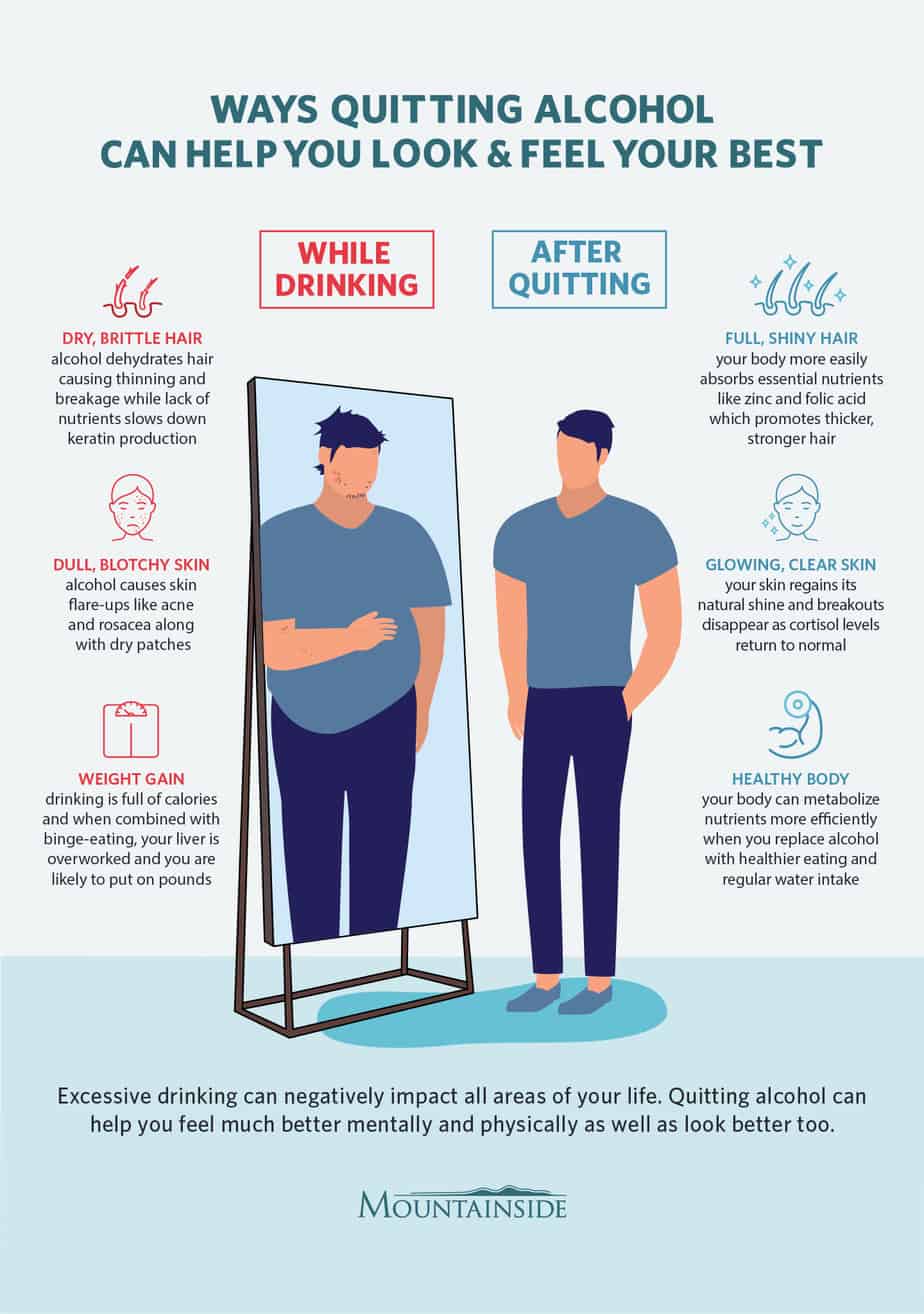
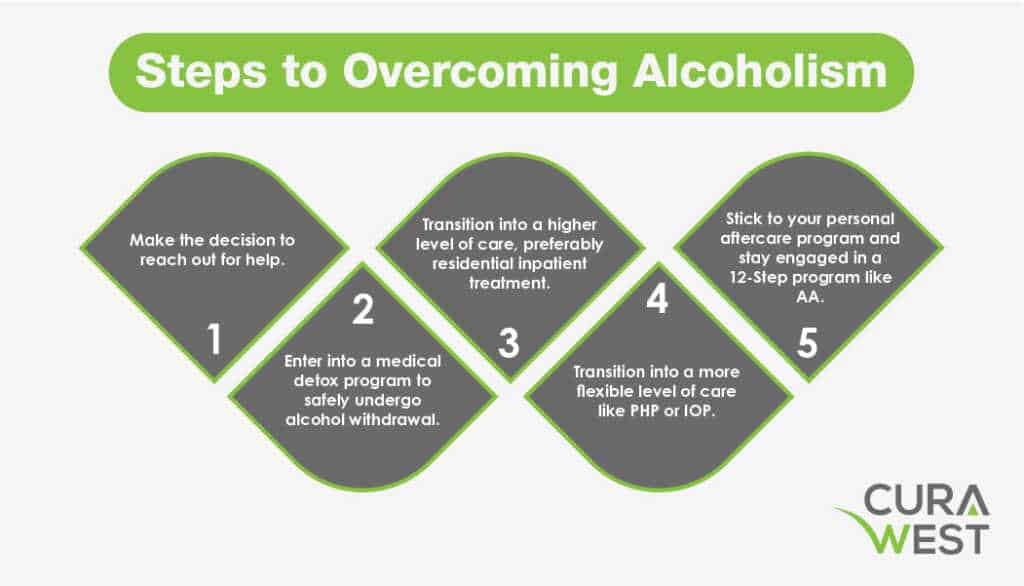

:max_bytes(150000):strip_icc()/can-tapering-off-reduce-alcohol-withdrawal-symptoms-80195-01-8714fd18faf84cf5acfed2bd84e6cd2e.png)

